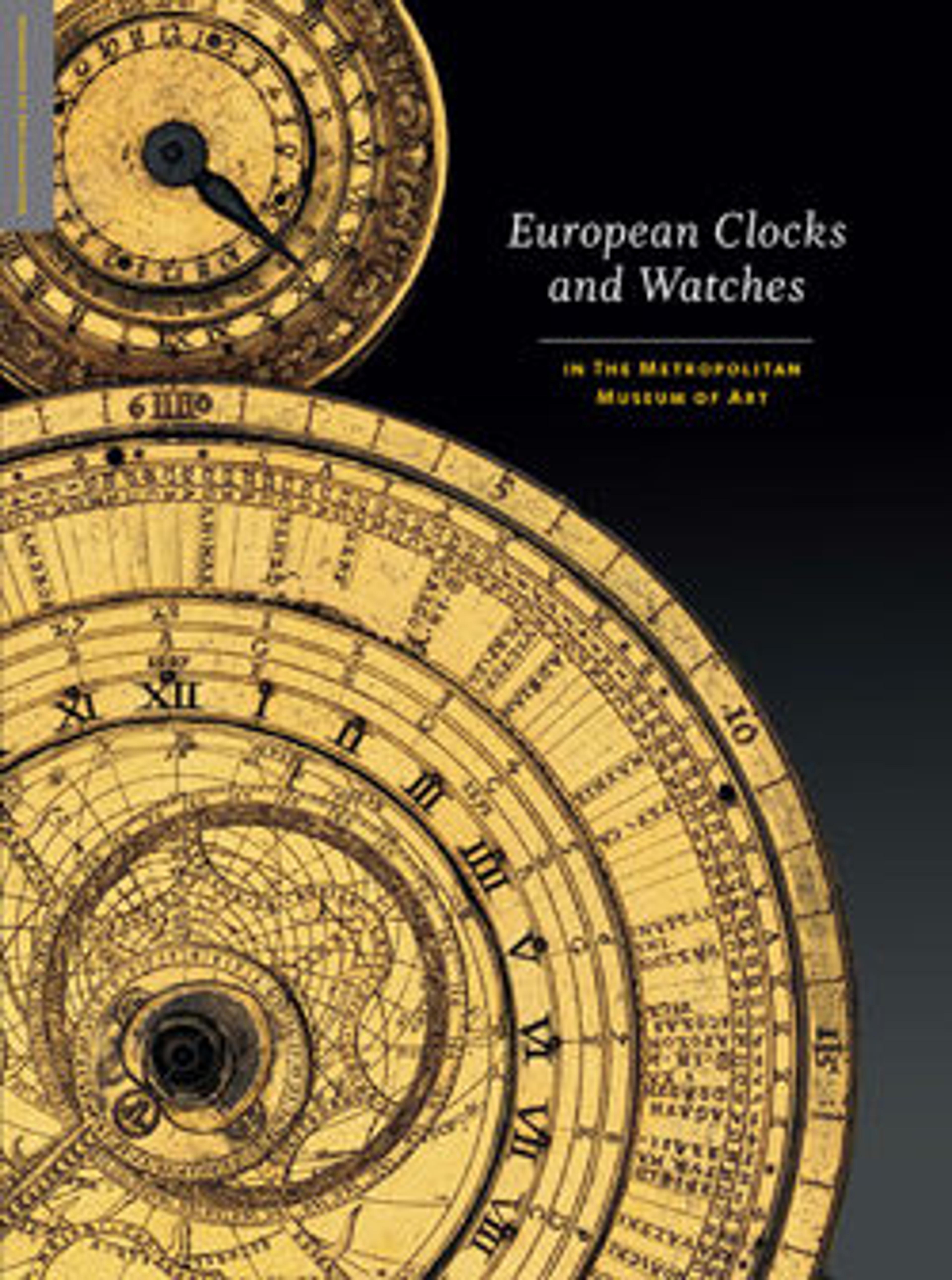Portrait of a Man, Possibly an Architect or Geographer
Thought to be Rubens’s earliest dated work, this oil on copper is one of the few known paintings by the artist completed before his departure from Antwerp for Italy in 1600 and attests to his sensitivity as a portraitist. The unknown gentleman holds a watch, an architect’s or draftsman’s square and a pair of dividers, a drafting tool. These may reference his profession, but the encased timepiece is a conventional allusion to mortality.
Artwork Details
- Title:Portrait of a Man, Possibly an Architect or Geographer
- Artist:Peter Paul Rubens (Flemish, Siegen 1577–1640 Antwerp)
- Date:1597
- Medium:Oil on copper
- Dimensions:8 1/2 x 5 3/4 in. (21.6 x 14.6 cm)
- Classification:Paintings
- Credit Line:The Jack and Belle Linsky Collection, 1982
- Object Number:1982.60.24
- Curatorial Department: European Paintings
More Artwork
Research Resources
The Met provides unparalleled resources for research and welcomes an international community of students and scholars. The Met's Open Access API is where creators and researchers can connect to the The Met collection. Open Access data and public domain images are available for unrestricted commercial and noncommercial use without permission or fee.
To request images under copyright and other restrictions, please use this Image Request form.
Feedback
We continue to research and examine historical and cultural context for objects in The Met collection. If you have comments or questions about this object record, please contact us using the form below. The Museum looks forward to receiving your comments.
